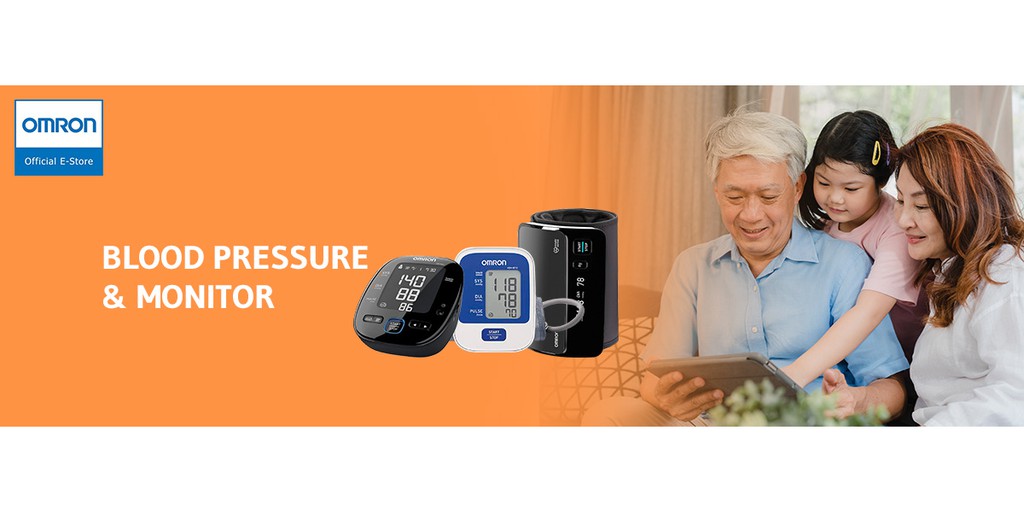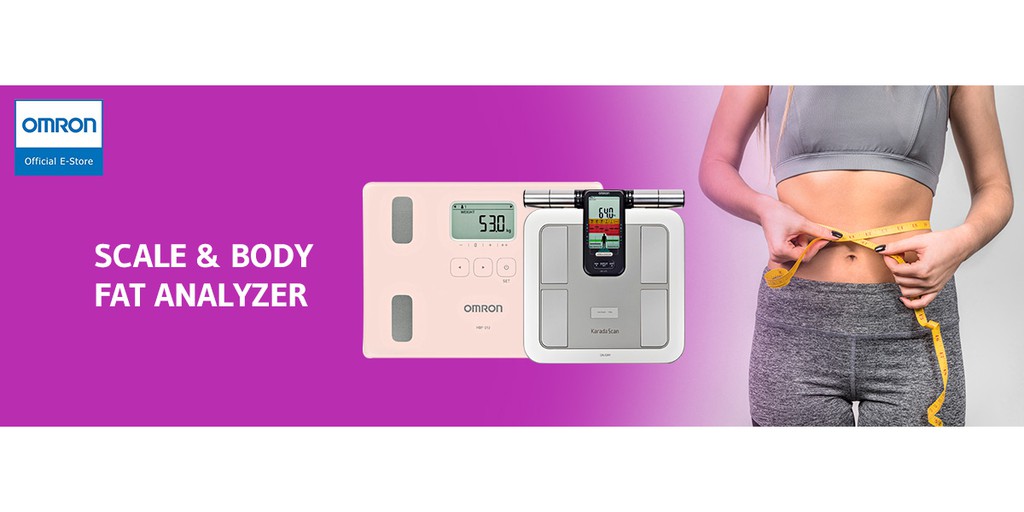Cardiac Marker (High Sensitivity C-Reactive Protein - HS-CRP) medical test
Learn about Cardiac Marker (High Sensitivity C-Reactive Protein - HS-CRP) medical tests, including what the tests are used for, why a doctor may order a test, how a test will feel, and what the results may mean.
What is HS-CRP test?
C-reactive protein (CRP) is a protein made by the liver.A CRP test measures the amount of CRP in the blood to detect inflammation due to acute conditions or to monitor the severity of disease in chronic conditions.
What the HS-CRP test used for?
A CRP test may be used to find or monitor conditions that cause inflammation. These include:
- Bacterial infections, such as sepsis, a severe and sometimes life-threatening condition
- A fungal infection
- Inflammatory bowel disease, a disorder that causes swelling and bleeding in the intestines
- An autoimmune disorder such as lupus or rheumatoid arthritis
- An infection of the bone called osteomyelitis
How is the procedure performed?
A blood sample drawn from a vein in your arm. You may want to wear a shirt with sleeves that can easily be rolled up to make it easier to collect the blood sample. This usually takes less than five minutes.
What will be the results interprets?
For a standard CRP test, a normal reading is less than 10 milligrams per litre (mg/L). A test result showing a CRP level greater than 10 mg/L is a sign of serious infection, trauma or chronic disease, which likely will require further testing to determine the cause. If you're having an hs-CRP test to evaluate your risk of heart disease, current risk levels used include:
- Lower risk. You have an hs-CRP level of less than 2.0 milligram per liter (mg/L).
- Higher risk. You have an hs-CRP level greater than 2.0 mg/L.
These risk levels aren't a definitive measure of your risk because the ideal indicator of high CRP isn't clearly defined. Also, because a person's CRP levels vary over time, it's recommended that the average of two tests, ideally taken two weeks apart, be used to determine coronary artery disease risk.


